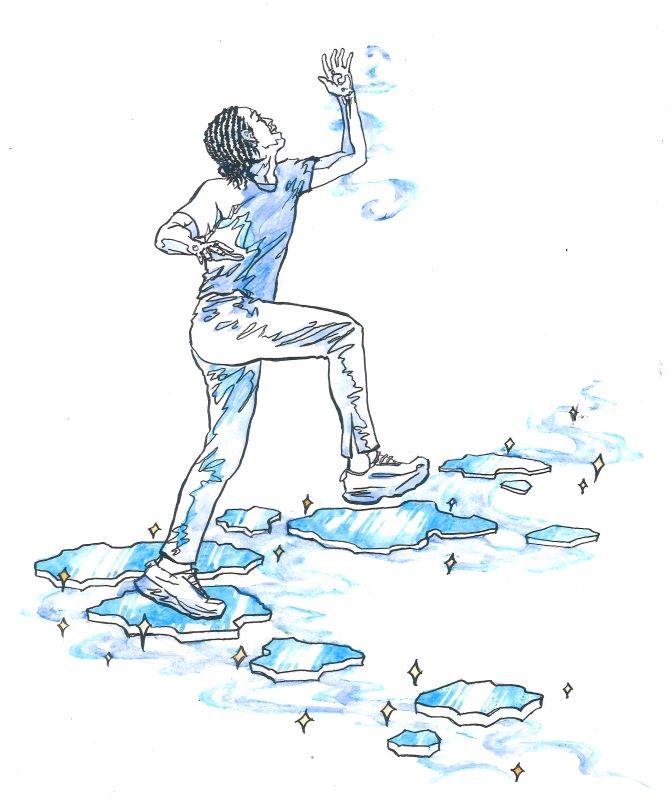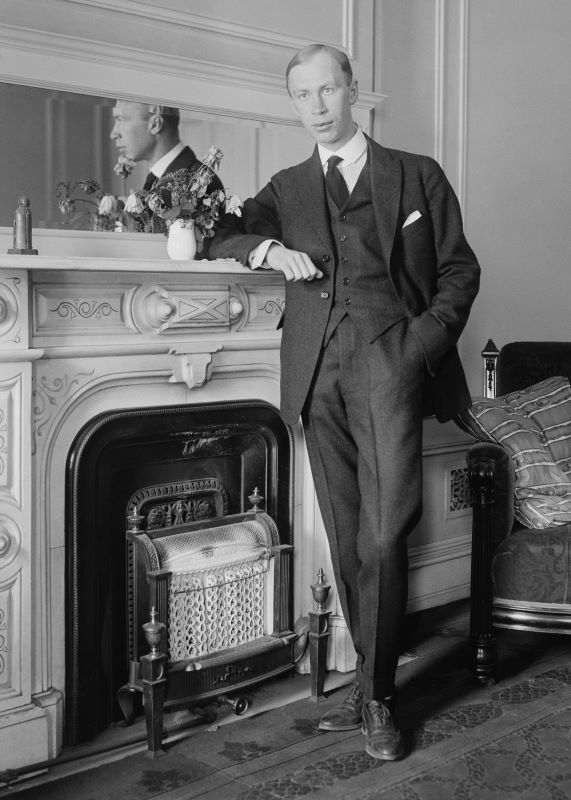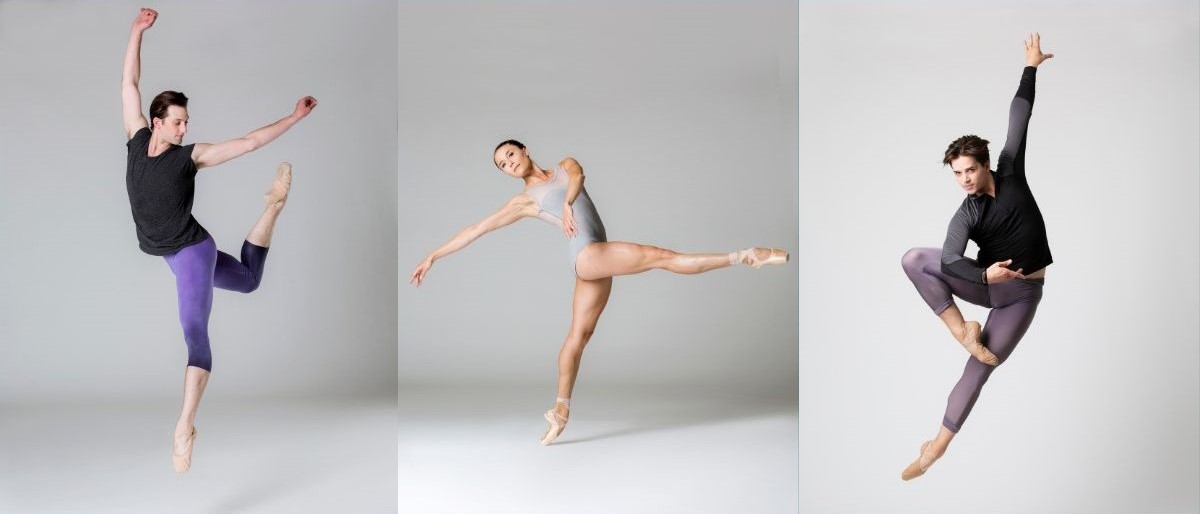by Sarah Ricard Orza
When Kent Stowell and Francia Russell offered principal dancer Paul Gibson the position of Assistant Ballet Master during their last year as artistic directors of Pacific Northwest Ballet, Paul’s answer was a no-brainer. A self-motivator and perfectionist from a young age, he was well aware that a ballet master position in a company such as PNB does not come along frequently. He leapt at the chance to transition.
The role of ballet master is perhaps one of the most under-appreciated in the dance world. Dancers receive the majority of credit and recognition—we are rewarded by the audience, fans, and (sometimes!) critics. Artistic directors are at the forefront of the company, receiving additional praise, credit, and status. But insiders (especially dancers) know the value and importance of a great ballet master. And Paul is just that. His motto for rehearsal is, “Go in, get it done, and enjoy yourself.” He adds, “We are not there to be silly; we are there to work. Otherwise, it’s a waste of everyone’s time and energy.” Dancers appreciate this “get ‘er done” attitude. When a balletmaster or stager comes into the studio under-prepared, a dancer is often forced to spend valuable time teaching themselves counts and steps from the recording of an old performance. This bothers Paul: “When watching and learning from a performance tape, you never know if the performance was correct.” Paul goes into every rehearsal knowing at least 95% of the choreography. “You need to go in and know your stuff—be fast and efficient.” He also has learned to adapt his coaching style to the needs of different dancers. “For example, Jonathan Porretta hears the music—I was the same way. But you still need to give the dancers counts as a base.” And in the rare case a dancer asks a question he does not know the answer to, Paul will defer to a tape.
Once Paul knows a dancer and his or her personality, he will approach rehearsals with them differently, as an individual.“You come to know their strengths and weaknesses. Some you can push to the brink. Some will shut down if pushed too far. You also need to be patient with dancers who are having trouble. Sometimes it’s hard for dancers to understand that I am commenting and correcting the rehearsal, not them personally. It’s just part of their job. Dancers may not like what they hear, but it’s always for their benefit.”
Paul began his early dance training at the age of ten with the Allegheny Ballet in Altoona, Pennsylvania. His parents had put him into everything—dance, gymnastics, baseball; he was even champion in his bowling league two years in a row.It was dance that stuck. After graduating high school early, Paul attended summer courses at the School of American Ballet and San Francisco Ballet School, before settling into San Francisco Ballet for the winter term on a full scholarship. After two years in the school, SFB’s artistic director Helgi Tomasson, offered Paul an apprenticeship with the company, and a short three weeks later he was hired into the corps. After five years dancing with SFB, having been promoted to soloist, Paul decided to make the move to Pacific Northwest Ballet, where he spent ten years as a dancer (eight of those as a principal dancer).
Paul possesses a rare combination of traits as a ballet master; he manages to balance being a friend and ally to the dancers while maintaining a no-nonsense, taskmaster approach in rehearsals. This delicate balance has taken careful crafting over the years. In his early days, he struggled to find authority in his new role among his former peers. Now, for the most part, Paul finds dancers to be extremely disciplined — more so than your average young adult. “From a young age, you are on a track. Dancers’ attitudes are extremely mature and disciplined.
Paul is premiering his fifth work for PNB, Mozart Pieces, on the MODERN MASTERPIECES program. Paul begins his choreographic process by finding great music that he himself would like to dance to and that he feels might inspire others as well. For the most part, he doesn’t worry about making a great piece. He just tries to challenge the dancers, make them look good, and ultimately, make them better dancers. The most difficult part for him is working within the limited time constraints of a ballet company. “It always feels like I need more time to coach my dancers or work with a second cast.”
For Paul, the greatest reward is seeing these ballets take shape and watching dancers improve from rehearsal to performance: “I love watching a dancer achieve more than maybe even they thought they were capable of.”
Featured photo: Paul Gibson rehearsing Company dancers. ©Lindsay Thomas.


